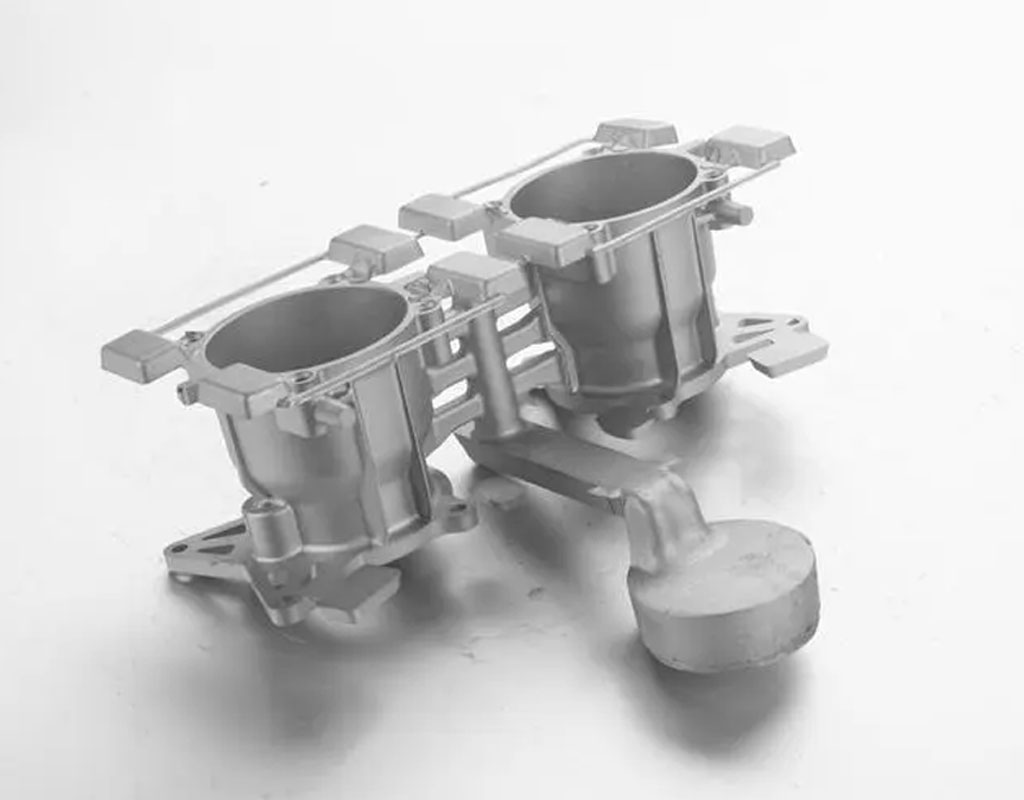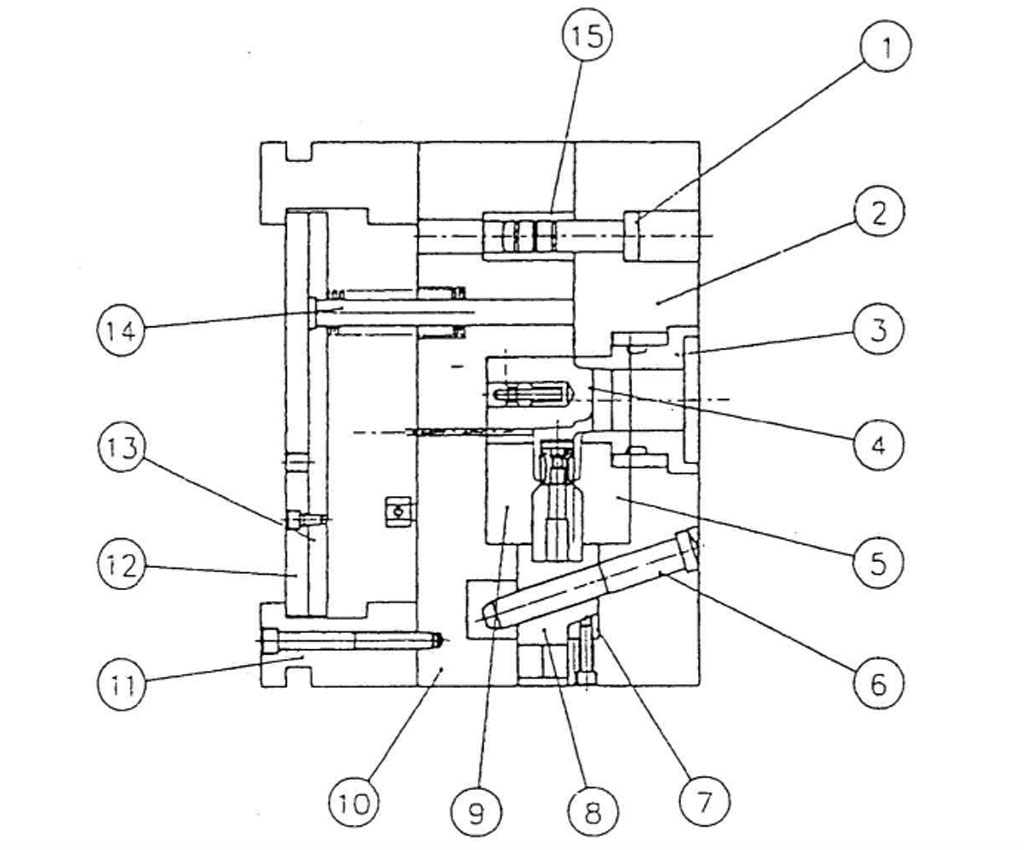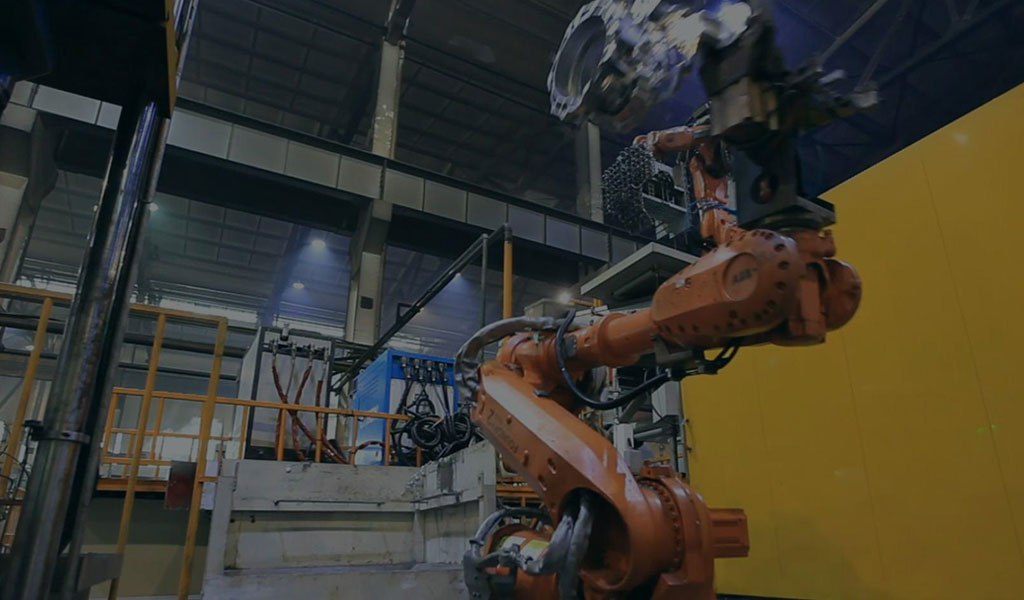What Is Die Casting Mold Technology

Define Of Die Casting Mold Technology
Die casting mold technology is also known as Die casting molding technology, which is a process that has been around since 1956, it is a common processing for mass metal parts production and is often better than other processes, given its capability to economically produce complex metal products to tight tolerances. Basically special metal parts(aluminum,zinc,magnesium,copper and more) can be molded, however, a die casting mold is very complex, must be designed & manufactured by the expert die casting mold manufacturer
The die casting mold is a complex system which must simultaneously meet many requirements imposed by the metal molding process. below there are simple step to make the die casting mold.
- First, the part designer needs to design the desired model or hire your supplier to design the model according to your requirement,
- Second, when the part design is approval, you need to find your mold supplier come up with a completely mold design, once mold design has been created, we can start to manufacture the die casting mold, the die casting mold manufacturing processing including drilling, CNC machining, EDM, polishing, etc.
- Third, the last step to make a die casting mold is mould fitting, when everything is finished in mold manufacturing, you must do the mold fitting to check if components are in the right position, mold fitting is only way to check and improve this.
- Fourth, when mold fitting to finished, the actual die casting process can start. at the beginning of the die casting process we called mold trial, from mold trial to massive production, still needs to take some time and doing several times mold trials, because the first mold trial will more or less have some issues that needs to be finished.
After two or three-times mold trial until custom approval the samples, so we could start massive production, there is a simple working procedure to explain from part design, mold design, mold manufacturing to get the perfect ending metal products. Although metal molding technology is not something that most will be knowledgeable about.
We all use products that will have been manufactured by using this method. Things like led heatsink, automobile metal parts, home appliances, furniture components & accessories, bicycle accessories, cosmetics molding & packaging containers, cooking equipment, toys, medical metal parts, and construction part, etc. We can say everything needs molds & die casting molded parts.
The Future Of Die Casting Molding
Over the decades, the process of die casting molding technology has changed and advanced significantly. Thanks to huge leaps in technology, it is now possible to use 3D printing and rapid prototyping to use metal powder for die casting molding parts.The advantage of using 3D printing for the metal parts is that will lower the time for lower volume because make custom die casting mold is very expensive.
If you need only a few metal parts for your market testing or function test then use 3D printing or cnc machining instead of using metal moulding technology will be the better option, this will save the mold making cost for you, but finally, when you need high-quality die casting moldings and the high volume of metal products to speed up your market you still need to make die casting molds.

The Structure Of Die Casting Mold
The Die Casting product formed into life in the mold. basically, the die casting mold can be designed and produce any metal parts according to shape. However, if more features and functions are required from the mold, then costs and time will increase during its construction.
A die casting mold is composed of two main parts: fixed mold and movable mold. The die-casting mold should be rigid enough to not deform under the clamping force of the die-casting machine. The die-casting mold should not be too bulky to facilitate loading, unloading, repair and handling, and to reduce the load on the die-casting machine. The pressure center of the mold cavity should be as close as possible to the center of the clamping force of the die-casting machine to prevent uneven force on the die-casting machine, resulting in poor mold clamping and burrs on the casting. The shape of the mold should take into account the cooperation with the specifications of the die casting machine:

- Guide Post
- Fixed Outer Mold (Master Mold)
- Shunt Set
- Shunt
- Fixed Inner Mold
- Corner Pin
- Slider Blank
- Slider
- Movable Inner Mold
- Movable Outer Mold (Male Mold)
- Mold Foot
- Ejector Plate
- Ejector Pin Plate
- Return Pin
- Bushing
- More
The cavity & core inserts is normally separate blocks (some of molds made in solid) which are then inserted into pockets plate that are machined into the A and B plates (which are also called as cavity retainer plate). The cavity & core inserts are placed in the pockets plate and are left standing above the A/B plate approximately 0.1-0.5mm. This leaves the shut-off area. When both fix half and moving half closing so that there are small gap between A&B plate, this will be better fitting for the cavity and core inserts.
At Pintejin, we provide quality die cast mold making that meets your project requirements. Our reputation for expert engineering, design for manufacturability, superior process/quality control, and prompt deliveries makes us your trusted source for die cast mold making services.
